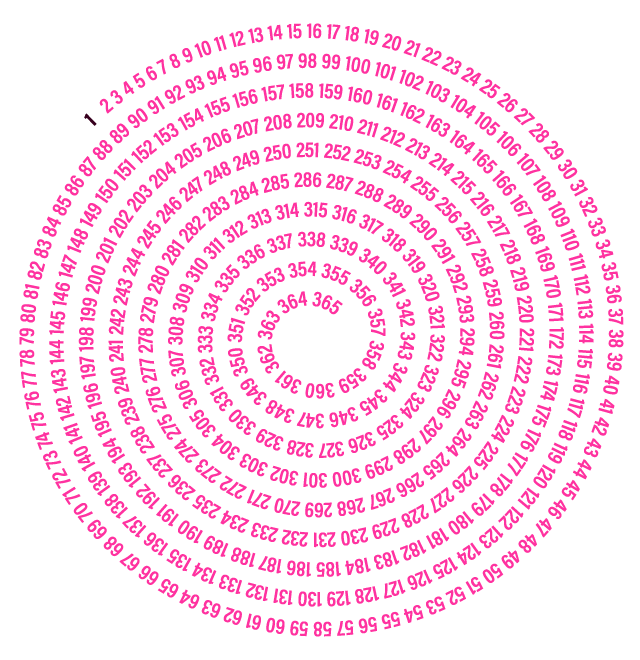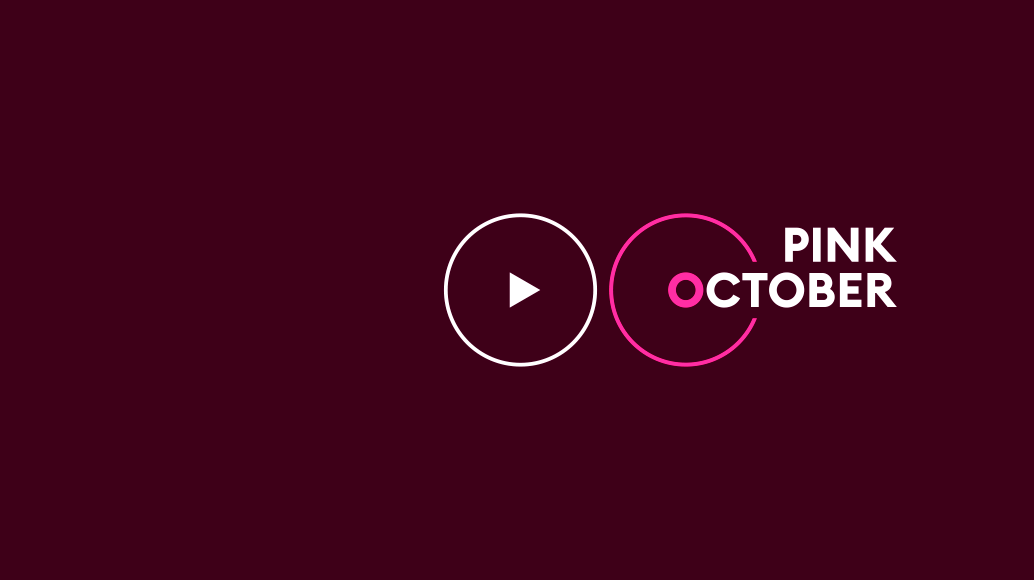A National Health Survey carried out by the IBGE (Brazilian Institute of Geography and Statistics), released in August 2021, showed that 40% of women between the ages of 40 and 49 have never had a mammography – an essential exam to detect breast cancer.
We know that life is increasingly busy and that exams seem like postponable tasks, but they can save lives.
Breast cancer is the second most common cancer among women
What is a mammography? Does it hurt?
Mammography is a radiological examination of the breasts that uses low radiation to generate detailed images of the internal structure of the breasts. Through it, it is possible to detect breast cancer early and increase the chances of cure – which can reach 95%.
Because it requires compression of the breasts, this exam can be uncomfortable, but it is very quick: it only takes 15 to 30 minutes and you only need to set aside one day a year to do it.
How is mammography is done?
Convencional
The conventional mammography is done by an x-ray machine known as a mammograph. It is designed to take individual images of the breasts. To do this, each breast is placed on an acrylic plate, compressed to spread the gland tissue and obtain images.
Digital
Today, there is also the digital mammography, which replaces the X-ray plate with a microchip that records images of the breasts. So the images can be viewed directly on a computer monitor or printed, similar to the conventional mammography.
3D
Finally, there is also the 3D mammography, also known as breast tomosynthesis. It takes several X-ray images, and then reconstructs them by computer.
When should I have a mammography?
In Brazil, there is a divergence between the age at which mammography should be started. The Brazilian Society of Mastology, the Brazilian College of Radiology, and the Brazilian Federation of Gynecology and Obstetrics Associations inform that it should be done as follows:
No increased risk factors
- Start at age 40
- Perform the exam annually
Increased risk
- Start before the age of 40 (each case must be evaluated individually) – The Brazilian Society of Mastology (SBM) recommends screening mammography starting at age 30 for high-risk women, that is, with at least one first-degree relative (mother, sister, or daughter) diagnosed with breast cancer at age less than 50, or diagnosed with bilateral breast cancer, among other factors.
- Magnetic resonance imaging (MRI) may be required in combination with mammography
It is worth mentioning that INCA (National Cancer Institute) and the Ministry of Health recommend that women without risk factors start getting mammography at age 50, every 2 years, and at age 35 for high-risk cases. Ideally, you should follow the recommendation of the doctor who is monitoring your case, since he/she knows your risk factors and health background.
What are the risk factors for breast cancer?
Several factors can increase the risk of developing the disease, including:



























5% to 10% of all cases are hereditary
Therefore, women who have cases of breast or ovarian cancer in consanguineous relatives, especially at a young age (or breast cancer in a man – also in a consanguineous relative), may have a hereditary predisposition and are considered to be at high risk for the disease.
66 warning signs
and symptoms
An annual mammography is the best way to detect the disease early, before it even begins to show symptoms. However, there are some warning signs:
If you notice these symptoms, seek immediate medical help. The earlier it is detected, the easier it is to control the disease and the greater the chances of cure.
We have a special invitation for you!
To bring even more quality content and open up the dialog about breast cancer, we will be doing a livestream with medical specialists from D’Or Oncology.
October 19th at 5:30pm, on the D’Or channel on YouTube.
Subscribe and enable notifications so you don’t miss our content








Technical manager
Dr. Sérgio Hércules
CRM (Regional Medical Council: 61.605)
Sources:
https://www.as.saude.ms.gov.br/wp-content/uploads/2021/11/Dados_e_numeros_site_cancer_mama_2021-1.pdf
https://globoplay.globo.com/v/9803372/https://veja.abril.com.br/saude/mamografia-3d-e-mais-eficaz-no-diagnostico-de-cancer-de-mama/
https://www.uol.com.br/vivabem/listas/mamografia-doi-veja-11-perguntas-e-respostas-sobre-o-exame.htm
https://sbmastologia.com.br/sociedades-medicas-brasileiras-recomendam-mamografia-anual-a-partir-dos-40-anos/
https://www.inca.gov.br/controle-do-cancer-de-mama/fatores-de-risco
https://www.americasamigas.org.br/blog/qual-a-idade-certa-para-comecar-a-fazer-mamografia
https://www.inca.gov.br/controle-do-cancer-de-mama/fatores-de-risco
https://www.gov.br/saude/pt-br/assuntos/saude-brasil/eu-quero-me-exercitar/noticias/2021/cancer-de-mama-saiba-como-reconhecer-os-5-sinais-de-alerta



